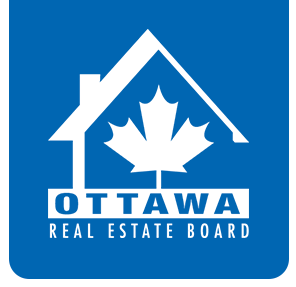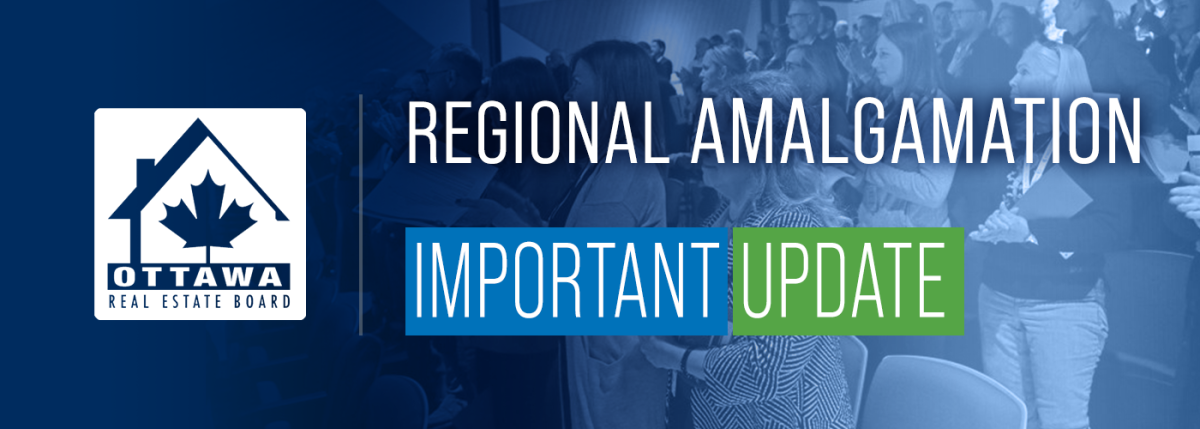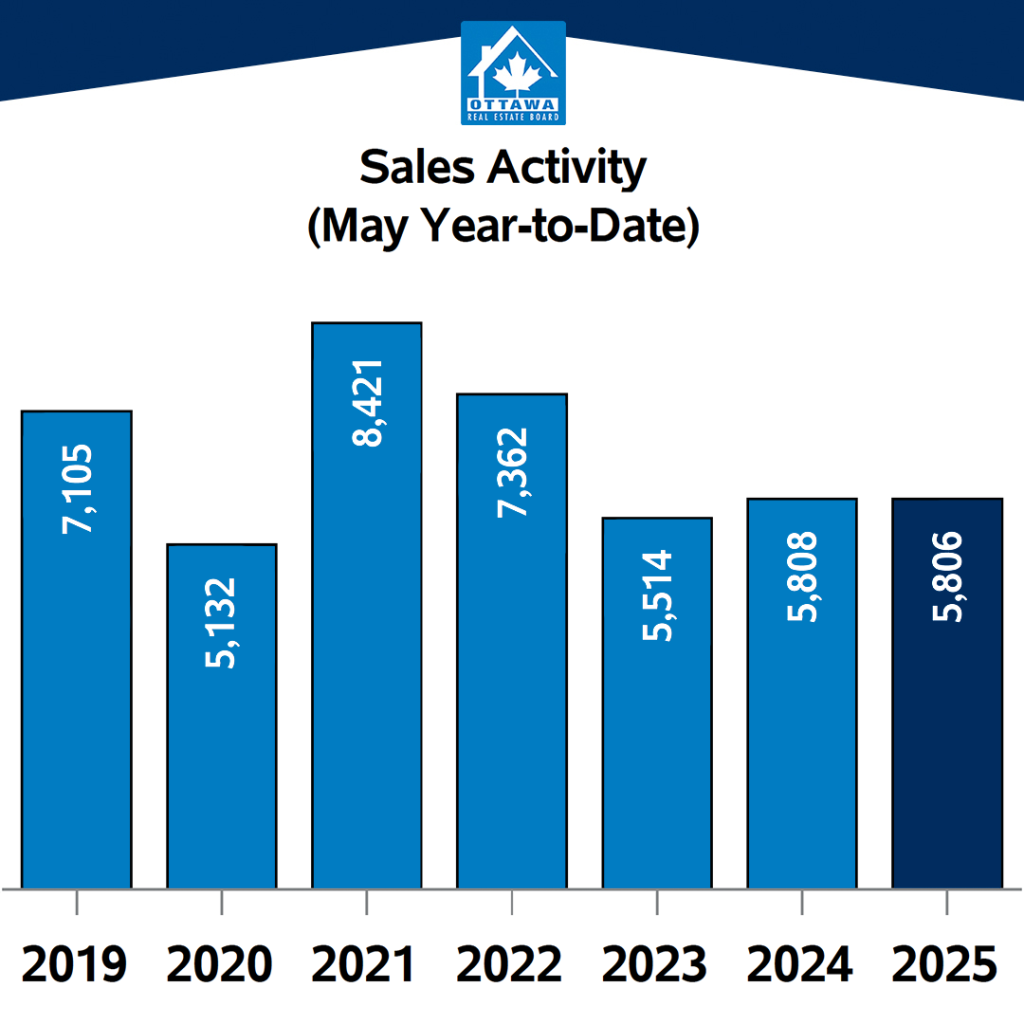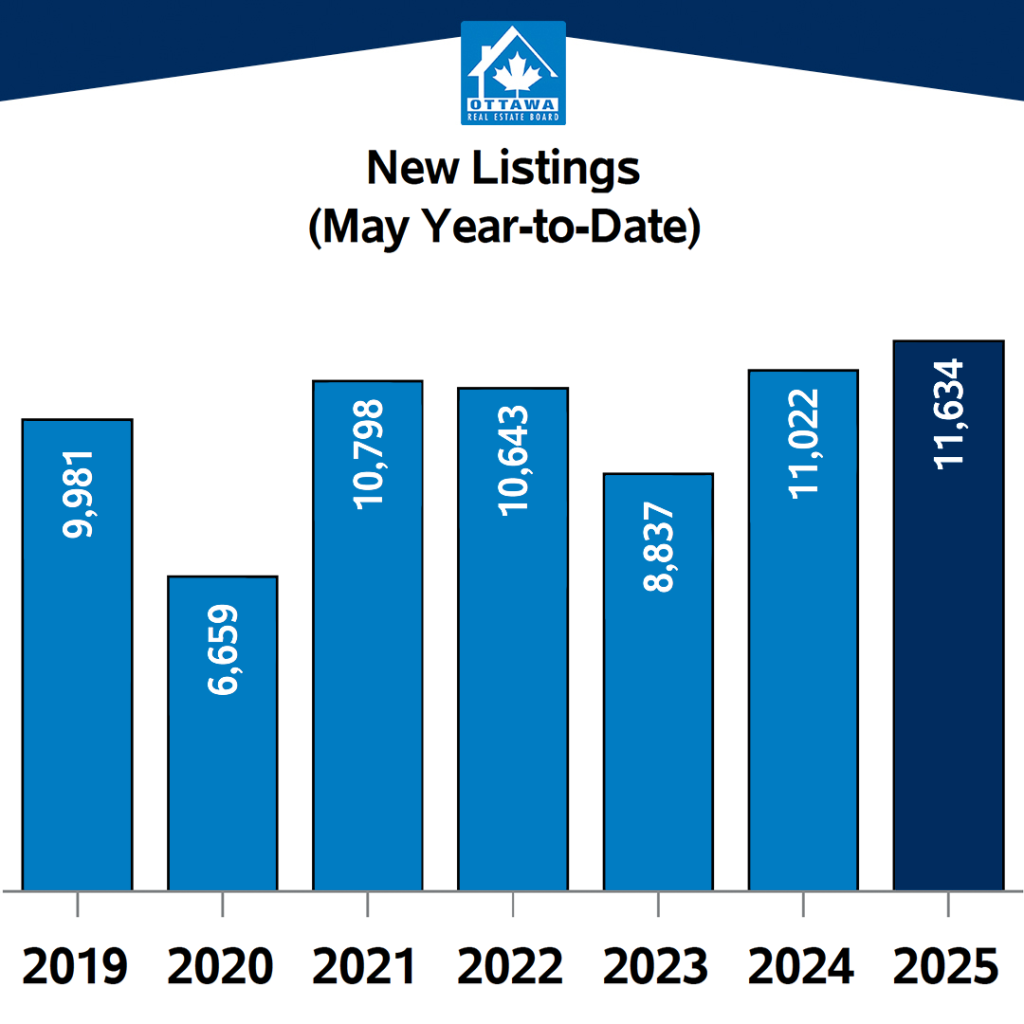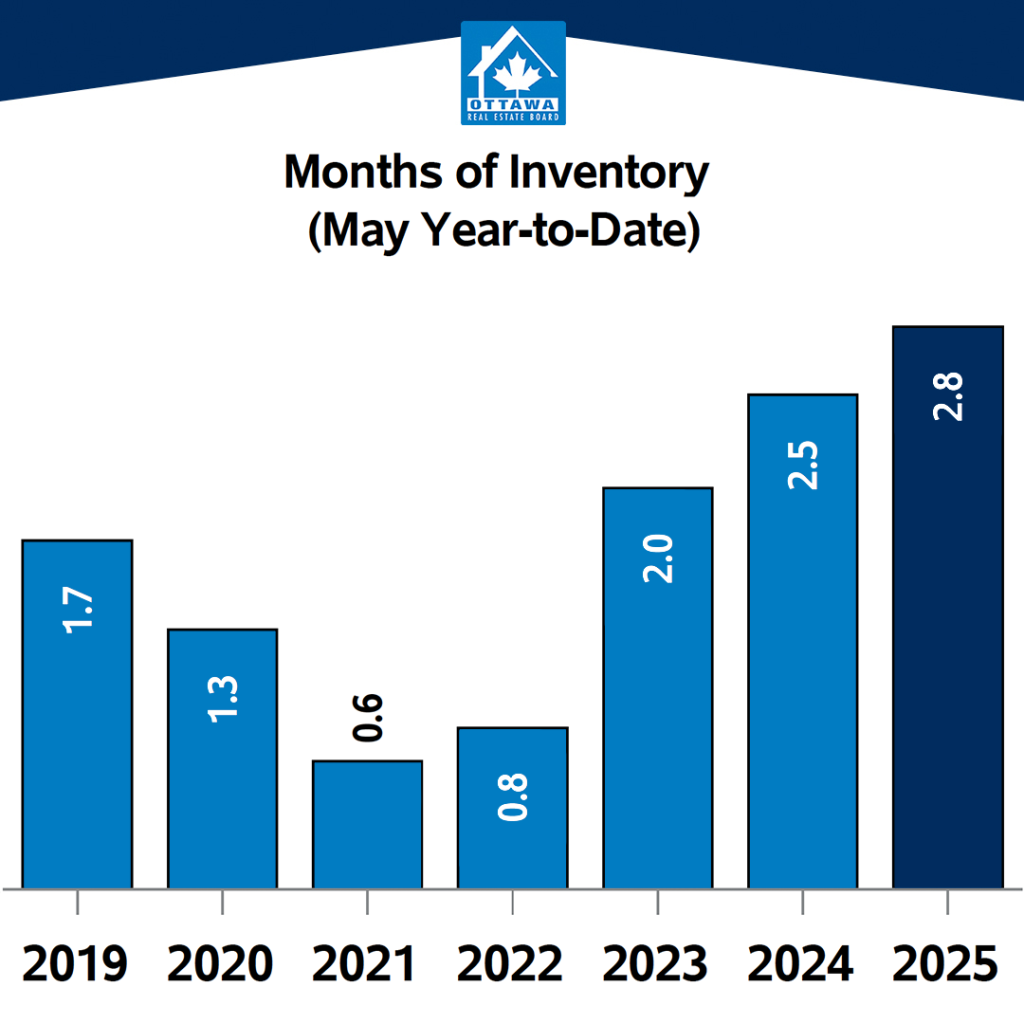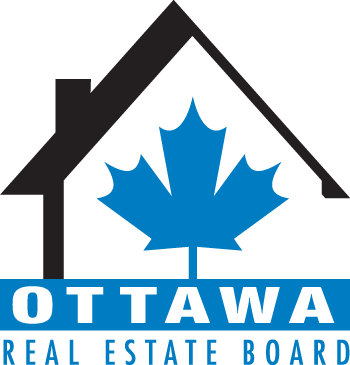On June 12, Members of the Kingston and Area Real Estate Association (KAREA) voted not to proceed with the proposed regional amalgamation alongside the Ottawa Real Estate Board (OREB), the Renfrew County Real Estate Board (RCREB), and the Rideau-St. Lawrence Real Estate Board (RSLREB).
While this decision means the most recent amalgamation proposal will not move forward as envisioned, it does not mark the end of regional collaboration. In fact, all four Boards continue to share key services, including professional standards and compliance, which provides education, clear reporting structures, and timely review and consistent application of rules and policies across the region.
Over the coming months, KAREA, OREB, RCREB, and RSLREB will continue conversations to determine the best path forward for their Members. Leaders from all four Boards remain committed to exploring greater ways to work together to meet the evolving needs of REALTORS®, enhance services, and create long-term value through strategic collaboration.
Paul Czan, President of the Ottawa Real Estate Board (OREB), emphasized the Board’s ongoing commitment to regional collaboration, noting that while OREB voted in favour of amalgamation, “our focus remains unchanged. We’re committed to building strong regional partnerships that raise the bar for professionalism and deliver enhanced tools and technologies, like PropTx, that support our Members’ success.”
Andrew Brotton, President of the Renfrew County Real Estate Board (RCREB), spoke to the Board’s continued momentum, saying, “We’ve always believed in the strength of working together. Renfrew County is focused on what comes next – finding practical ways to align our efforts and deliver value for REALTORS® across the region.”
Chris Wiltshire, President of the Rideau-St. Lawrence Real Estate Board (RSLREB), reaffirmed the importance of open dialogue, sharing that “we remain engaged in discussions about what regional cooperation can look like going forward. We’re optimistic about what’s possible when Boards remain open, respectful, and committed to shared progress.”
Mary Ambrose, President of the Kingston and Area Real Estate Association (KAREA), reflected on the decision and future opportunities, stating, “Our Members have spoken, and KAREA respects that decision. We value the relationships built through this process and look forward to continuing with shared professional standards and resolution offerings, while remaining open to future opportunities to work alongside our peers.”
This spirit of regional collaboration ultimately benefits not only REALTORS®, but also the communities they serve by creating a more seamless experience for buyers and sellers across Eastern Ontario and upholding consistent, trusted professional standards.
For questions, Members and the public are encouraged to reach out to their local association.

